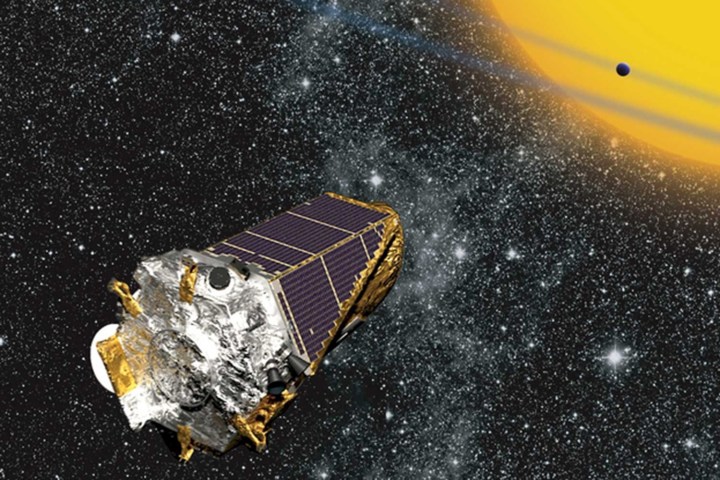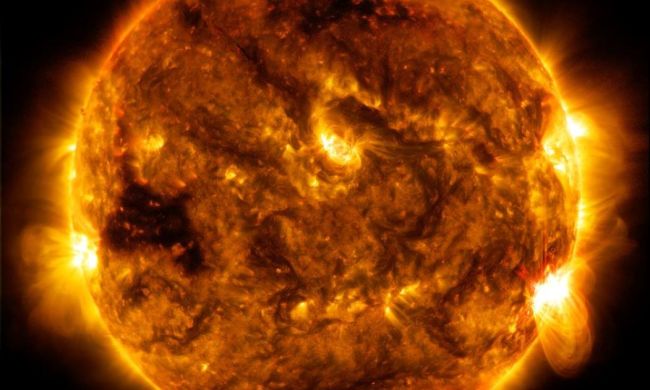
The final image from the Kepler Space Telescope has arrived. After nearly a decade of operation, NASA’s groundbreaking telescope ran out of fuel last year and was placed into permanent sleep on October 30. On September 25, the instrument captured one last image — a full view of the sky, tiled into a mosaic.
Kepler has been instrumental in helping astronomers understand our galaxy, providing them with a wealth of data as it scanned the sky for Earth-size exoplanets near the habitable zone around stars.
Over the past decade, Kepler collected 678GB of scientific data, documented 61 supernovae, and confirmed 2,662 planets, providing evidence for the publication of nearly 3,000 scientific papers. The telescope observed more than 530,500 stars in the Milky Way, many of which are accompanied by planets yet to be confirmed.

“This full frame image is the last time Kepler took a picture of its entire field of view,” Jessie Dotson, a Kepler project scientist at NASA, told Digital Trends. “The data taken over nine and a half years between the first and last image has been used to statistically prove that there are more planets than stars in our galaxy. Over 2,600 exoplanets have been discovered in Kepler’s data so far — and more are still being discovered as scientists continue to sift through our data.”
The star-field Kepler observed in its last hoorah include GJ 9827, a star around which Kepler detected three orbiting planets worthy of further observations, and the Trappist-1 system, an ultra-cool dwarf star that grabbed headlines when another NASA telescope, Spitzer, discovered seven Earth-size planets in its orbit. Three of those exoplanets orbited the star’s “Goldilocks zone,” making them potentially habitable.
The image isn’t perfect. Failure in parts of the camera caused portions of the mosaic to be blacked out. But the incomplete image only intensifies the mystery and beckons further exploration.
And Kepler wasn’t free from challenges during its operations. The telescope struggled with instrument malfunctions just a few years into its first mission, requiring engineers to develop clever fixes from a distance. Nonetheless, the telescope soldiered on and completed 19 observation campaigns. The telescope kicked the bucket during its “Second Light” mission.


